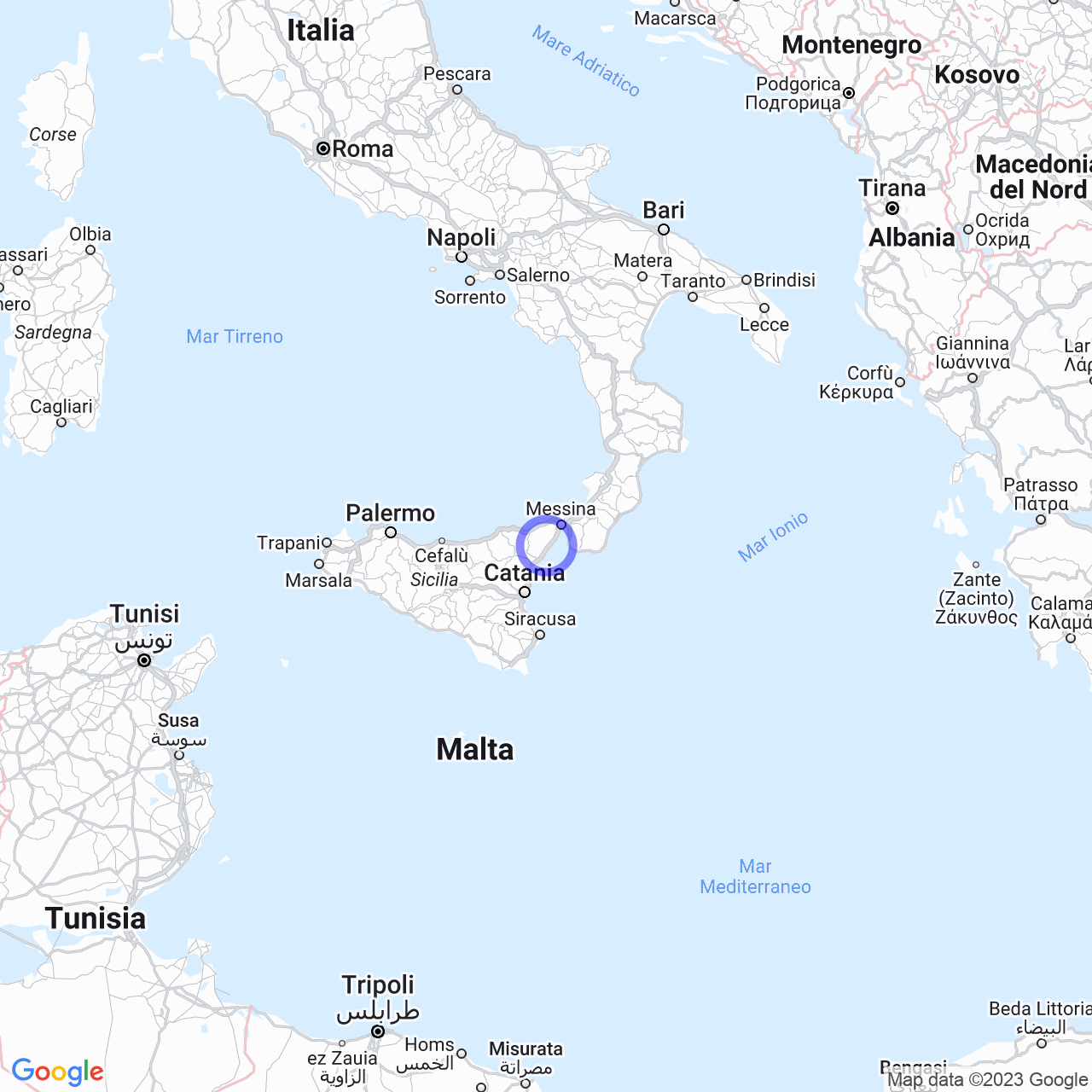Pagliara
Welcome to Pagliara, the town of the Peloritani Mountains
Dear readers, today I will talk to you about Pagliara, a small municipality in the metropolitan city of Messina in Sicily. With its 1,128 inhabitants, Pagliara is part of the Union of the Municipalities of the Jonian Valleys of Peloritani.
Physical Geography
The inhabited centre of Pagliara is located halfway up the Peloritani mountains on a hill. The town is dominated by an imposing mountain called ''U Pizzu Tunnu'', whose climb is difficult due to the rugged morphological characteristics of the terrain. Pagliara is on the left bank of the homonymous stream, on Provincial Road 25 which crosses the town from east to west.

The History of Pagliara
Pagliara's history is ancient and fascinating. According to some scholars, in 36 BC, the army of Sextus Pompey took refuge in the Pagliara streambed just before the clash with Octavian Augustus. In 1000, shepherds from Fiumedinisi settled in the area and built houses made of straw and branches, called "pagliare." Hence the name "Casale Tuguriorum." In 1134, the village was assigned to the Basilian abbot Luca of Messina by the Sicilian sovereign Ruggero II d'Altavilla, becoming one of the hamlets of Savoca.
In the sixteenth century, Pagliara was a mid-sized rural center with an average of 60 censused families together with those of Savoca. In 1695, Pagliara became an autonomous municipality. Under its authority were the hamlets of Rocchenere and Madonna delle Grazie. Pagliara reached its maximum artistic and economic prosperity in the eighteenth century, thanks to the cultivation of silkworms in the various mills of the municipality. The Marina di Pagliara, also known as ''Tamaricium et Palmarum'' since Roman Sicily, was a significant area of the municipality with numerous inns and the famous meeting point for travellers of that time ''Zi Paola''.
In the first half of the nineteenth century, the town began to lose its population due to the displacement of people towards the marina. Thus, on July 1, 1880, the municipality of Pagliara was suppressed, and its territory was annexed to that of Roccalumera.
Pagliara today
Today Pagliara still preserves its historic churches of Saints Peter and Paul and San Sebastiano, which represent the artistic and economic past of the municipality. However, from a cultural point of view, Pagliara has a lot to offer its visitors. For example, nature lovers can enjoy breathtaking landscapes of the Peloritani mountains, where various species of animals and plants can be found, or take a nice walk along the Pagliara stream, immersed in nature.
Regarding gastronomy, Pagliara offers various specialties such as fish and meat-based cuisine, accompanied by excellent local wine. Among the typical dishes are pasta with sardines, stuffed eggplants, sweet and sour rabbit, and caponata. Furthermore, Pagliara is also famous for its high-quality food products, such as olive oil and honey.
Finally, Pagliara is an ideal place to spend a relaxing holiday away from the chaos of the city. With its natural beauty, fascinating history, and delicious cuisine, Pagliara is undoubtedly a unique experience to live.
Conclusions
Dear readers, I have tried to give you an overview of Pagliara, a municipality characterized by nature and history. If you are passionate about culture, food and wine, and natural beauty, this is undoubtedly the perfect place for you. Come and discover the wonders of Pagliara and let yourself be conquered by its beauty.
